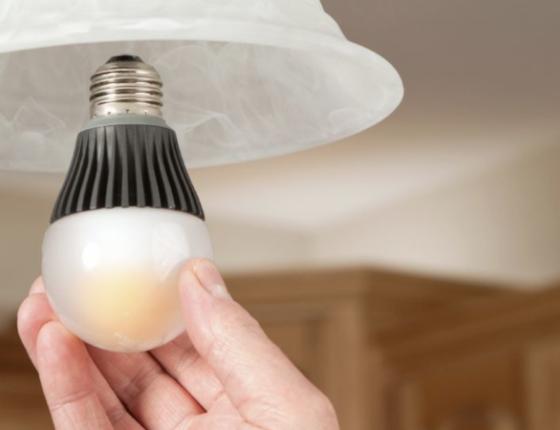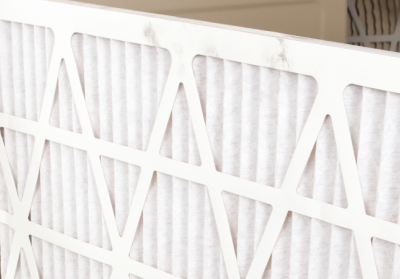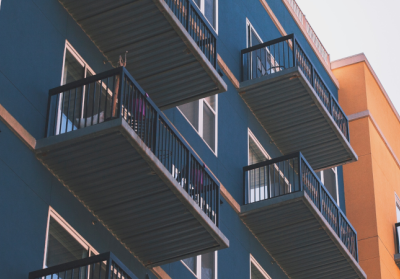LEDs: The New Standard in Efficient (and Smart) Lighting
With a multitude of color and hue options ranging from warm-toned to daylight, you can lower your electricity bills and energy use without sacrificing the lighting elements that make your home comfortable, inviting, and productive.
The Department of Energy projects that by the year 2027, LEDs could result in nationwide savings of $30 billion— making them a practical, energy-saving option for both residential and commercial buildings. LEDs use 75 percent less energy and last 25 times longer than incandescent bulbs. Additionally, LEDs emit less heat than incandescents, which release 90 percent of their energy as heat.
Many LEDs can also be controlled remotely with a smartphone app or scheduled to cycle on and off at specific times. Some even work with smart-home devices like Amazon Alexa, Google Home, and others.
CEE Lighting Program Manager Jamie Fitzke pointed out another cool way LEDs are helpful, noting that “you can dim your lights with your phone without needing to change your light switch to a dimmer switch.”
How much do LEDs cost?
LEDs are rapidly replacing incandescents as the standard light bulb. You can find them at Target, Home Depot, and other retailers. Most LED bulbs range from $3 to $12 per bulb. Remember LED’s last for years so the savings can really add up.
There are so many choices. How do I choose the right bulb?
When you get to the store, you may feel a little overwhelmed by how many options there are. Clean Energy Resource Teams (CERTs) created a “Right Light” guide and app to help you find the right bulb for your home.
They suggest that you consider these things when shopping for LED light bulbs:
- Decide how much light you need.
- Decide what color you want.
- Think about costs and benefits.
CERTs also suggests that you focus on each product’s Lighting Facts grid to learn about the bulb’s brightness and color.
Understanding color temperature
Choosing the right illumination and warmth levels can help you design the mood and feel of a space. Lighting “color temperature” is measured in Kelvin (abbreviated “K”), an alternate measurement system that indicates temperature. Hue levels of 2000K to 3000K produce warm light, ranging from orange to yellow-white. At the other end of the spectrum, 3100K to 4500K hue levels result in cool-white to bright-white light. Anything above 4500K will emit a blue-white light.

Here are a few tips for using warmth levels to create a specific feel:
Intimate & cozy: Warm (a soft, dim glow of light; often yellow in appearance): 2000K–3000K levels are best for creating an intimate and cozy feel in a room. Perfect for living rooms, bedrooms, and kitchens, as well as restaurants and commercial spaces in need of ambient light.
Bright & vibrant: Cool-white (bright, vibrant light): 3100K–4500K levels are ideal in spaces where bright, vibrant light is needed, including bathrooms, basements, offices, and garages.
Crisp, invigorating light: Daylight (blue-white light): 4600K–6500K levels are great in spaces where crisp white light is needed, such as display areas. This level also works well as security lighting and task lighting.
If you’re looking to save money and energy while reducing your environmental footprint and personalizing your space, LEDs are a smart choice. With plentiful bulb choices, a wide cost range, and smart control options, you are sure to find the right light for you and your home!
Outside Resources

Questions about your home energy? Let's talk!



